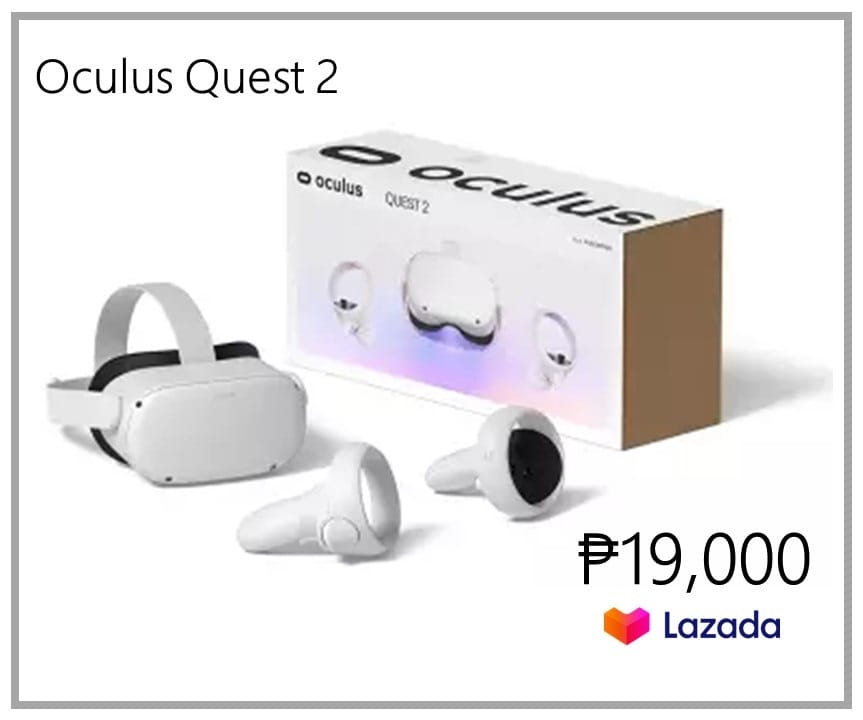Step into the future of shopping with Virtual Reality (VR) technology revolutionizing the retail industry. Imagine being able to browse through a virtual store, try on clothes, test out products, and make purchases without leaving the comfort of your home. This isn’t just a scene from a sci-fi movie; it’s the exciting reality that VR is bringing to retail businesses worldwide. From enhancing customer experiences to boosting sales, VR in retail is reshaping the way we shop by providing immersive and interactive solutions that bridge the gap between physical stores and online platforms. In this article, we will explore six key benefits of incorporating VR into the retail industry and how it is paving the way for a new era of shopping experiences.
Overview of VR in Retail Industry
In the realm of the retail industry, Virtual Reality (VR) is proving to be a game-changer by immersing customers in interactive experiences that bridge the gap between online browsing and physical stores. One of the key advantages of employing VR technology in retail lies in its ability to create personalized shopping experiences tailored to individual preferences. By allowing customers to virtually try on products or visualize items in their own living spaces, brands can enhance engagement and drive sales.
Moreover, VR technology enables retailers to collect valuable data on customer behavior and preferences, facilitating targeted marketing strategies and product recommendations. This new dimension of data analytics opens up endless opportunities for retailers to better understand their customers and provide customized offerings. As VR in retail continues to evolve, we can expect it to revolutionize the way we shop, blurring the lines between reality and virtual experiences within the dynamic landscape of retail.

What are the Benefits of VR in Retail Industry?
Virtual Reality (VR) technology has brought a revolution to the retail industry by enhancing customer experiences and driving sales. One significant benefit of VR in retail is its ability to create immersive and interactive shopping environments. Customers can virtually try on products, customize their choices, and visualize items in real-time, leading to increased engagement and satisfaction with their purchases.
Moreover, VR allows retailers to overcome space limitations by offering a virtual store that can showcase an extensive range of products without the need for physical inventory. This not only reduces overhead costs but also provides customers with access to an unlimited selection of goods from the comfort of their homes. Additionally, VR in retail enables personalized shopping experiences through data analytics, which helps retailers better understand consumer preferences and tailor offerings accordingly, ultimately improving customer loyalty and retention.
Here are 6 advantages of VR in retail industry:
1. Competitive Advantage of VR in Retail: Staying ahead in the market
One of the key competitive advantages of using Virtual Reality (VR) in the retail industry is the ability to create unique and immersive shopping experiences for customers. By incorporating VR technology into their stores or online platforms, retailers can differentiate themselves from competitors by offering a cutting-edge and innovative way to shop. This can help attract more customers, enhance brand loyalty, and ultimately drive sales.
Moreover, VR in retail allows retailers to personalize the shopping journey for each individual customer, providing tailored recommendations and product suggestions based on their preferences and browsing history. This level of customization not only improves customer satisfaction but also increases the chances of making a successful sale. Additionally, by leveraging VR technology, retailers can gather valuable insights into customer behavior and preferences, enabling them to make data-driven decisions that give them a competitive edge in the market.

2. Enhanced Customer Experience of VR in Retail: Immersive shopping environments
Immersive shopping environments powered by Virtual Reality (VR) have completely transformed the retail landscape, offering an unparalleled level of customer experience. By transporting shoppers into virtual stores, VR creates a sense of exploration and adventure that traditional brick-and-mortar stores can’t match. Customers can interact with products in a life-like manner, inspecting them from every angle and even trying them out virtually before making a purchase. This not only enhances the overall shopping experience but also reduces the need for returns due to better product visualization.
Moreover, VR in retail allows customers to personalize their shopping journey like never before. From customizing products to experimenting with different color variants, shoppers have the freedom to tailor their experience according to their preferences. This level of personalization fosters a deeper connection between consumers and brands, leading to increased brand loyalty and repeat purchases. Retailers can leverage this data on customer preferences gathered through VR interactions to offer targeted promotions and recommendations, further enhancing the overall customer experience and driving sales growth.
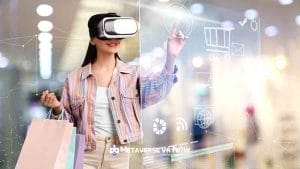
3. Personalization and Customization of VR in Retail: Tailored shopping experiences
Immersive shopping experiences have the power to redefine customer interactions with brands, and VR technology is at the forefront of this revolution. One of the key advantages of VR in retail is its ability to offer personalized and customized shopping experiences. Imagine stepping into a virtual store where every product recommendation, layout design, and promotional offer are tailored specifically to your preferences and shopping habits. This level of personalization not only enhances customer satisfaction but also boosts sales by creating a more engaging and meaningful shopping journey.
Through VR-driven customization, retailers can gather valuable insights into individual customers’ preferences, behavior patterns, and buying habits. By analyzing this data, businesses can create hyper-personalized experiences that cater directly to each shopper’s unique needs and desires. This level of customization goes beyond traditional online shopping algorithms or in-store assistance; it places the customer at the center of their own shopping adventure by offering them a tailor-made journey through the virtual world of products and services. In this way, VR transforms retail into a highly personalized playground where every interaction feels exclusively designed for each shopper’s enjoyment and convenience.
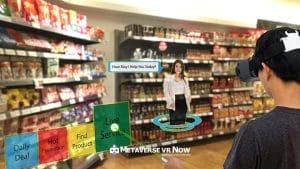
4. Increased Engagement of VR in Retail: Interactive product demonstrations
One of the most exciting developments in the retail industry is the increased engagement of virtual reality (VR) for interactive product demonstrations. Imagine being able to try on clothes or test out a new gadget without ever having to leave your house. With VR, customers can have a fully immersive experience that mimics the feeling of physically interacting with products. This level of engagement not only enhances the customer experience but also increases their likelihood of making a purchase as they feel more connected to the product.
Furthermore, VR in retail allows for customization and personalization like never before. Customers can tailor their virtual shopping experiences to suit their preferences and needs, creating a more personalized journey through the store. This sense of control over their shopping experience leads to higher satisfaction levels and ultimately drives customer loyalty. Additionally, by offering interactive product demonstrations through VR, retailers can showcase unique features and functions in an engaging way that traditional methods cannot match.

5. Cost Savings and Efficiency of VR in Retail: Reduced physical store expenses
Imagine a future where the limitations of physical retail spaces are transcended, opening up new avenues for cost savings and efficiency. Virtual Reality (VR) technology presents a compelling case for retailers looking to reduce their physical store expenses. By harnessing the power of VR in retail, companies can create virtual storefronts that eliminate the need for large square footage in prime retail locations. This shift can result in significant cost savings on rent, utilities, maintenance, and other overhead expenses associated with maintaining traditional brick-and-mortar stores.
Moreover, VR allows retailers to efficiently manage their inventory by offering an immersive shopping experience that reduces the likelihood of returns due to misaligned expectations. Customers can explore products virtually before making a purchase decision, leading to more informed choices and fewer instances of dissatisfaction post-purchase. This enhanced efficiency not only streamlines operations but also improves customer satisfaction levels by providing a personalized and informative shopping journey within the digital realm.
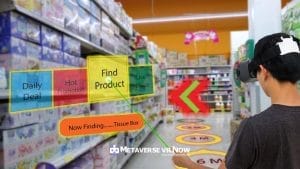
6. Data Analytics and Insights of VR in Retail: Understanding customer preferences
Utilizing data analytics in virtual reality (VR) for understanding customer preferences is a game-changer in the retail industry. By analyzing user interactions and behaviors within VR in retail shopping, retailers can gain valuable insights into what drives consumer buying decisions. These insights range from preferred product features, color choices, browsing patterns, and even time spent on specific items.
For instance, through heat mapping and gaze tracking analytics, retailers can pinpoint exact areas of interest within the VR environment to optimize product placements and enhance engagement. This data-driven approach allows for personalized recommendations tailored to individual preferences and behavior patterns. Ultimately, leveraging data analytics in VR not only enhances the overall shopping experience but also enables retailers to make informed decisions that resonate with their target audience on a deeper level.
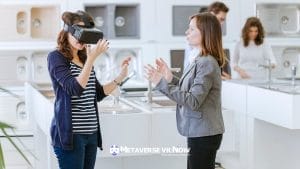
Parting Thoughts: 6 Benefits of VR in Retail Industry
In conclusion, embracing Virtual Reality (VR) in the retail industry offers a plethora of benefits that are poised to revolutionize the way we shop. One major advantage of VR in retail is the ability to provide customers with immersive and personalized shopping experiences, allowing them to virtually interact with products before making a purchase. This not only enhances customer engagement but also increases conversion rates as shoppers feel more confident in their buying decisions.
Moreover, VR technology enables retailers to reduce costs associated with physical store spaces by creating virtual showrooms and stores that can be accessed from anywhere. This flexibility opens up new opportunities for global reach and 24/7 shopping experiences without the need for costly brick-and-mortar infrastructures. Additionally, VR can facilitate data collection on customer behavior and preferences, enabling retailers to tailor their offerings and marketing strategies effectively. Overall, integrating VR into the retail landscape holds immense potential for driving sales, enhancing customer satisfaction, and staying ahead in today’s competitive market environment.





